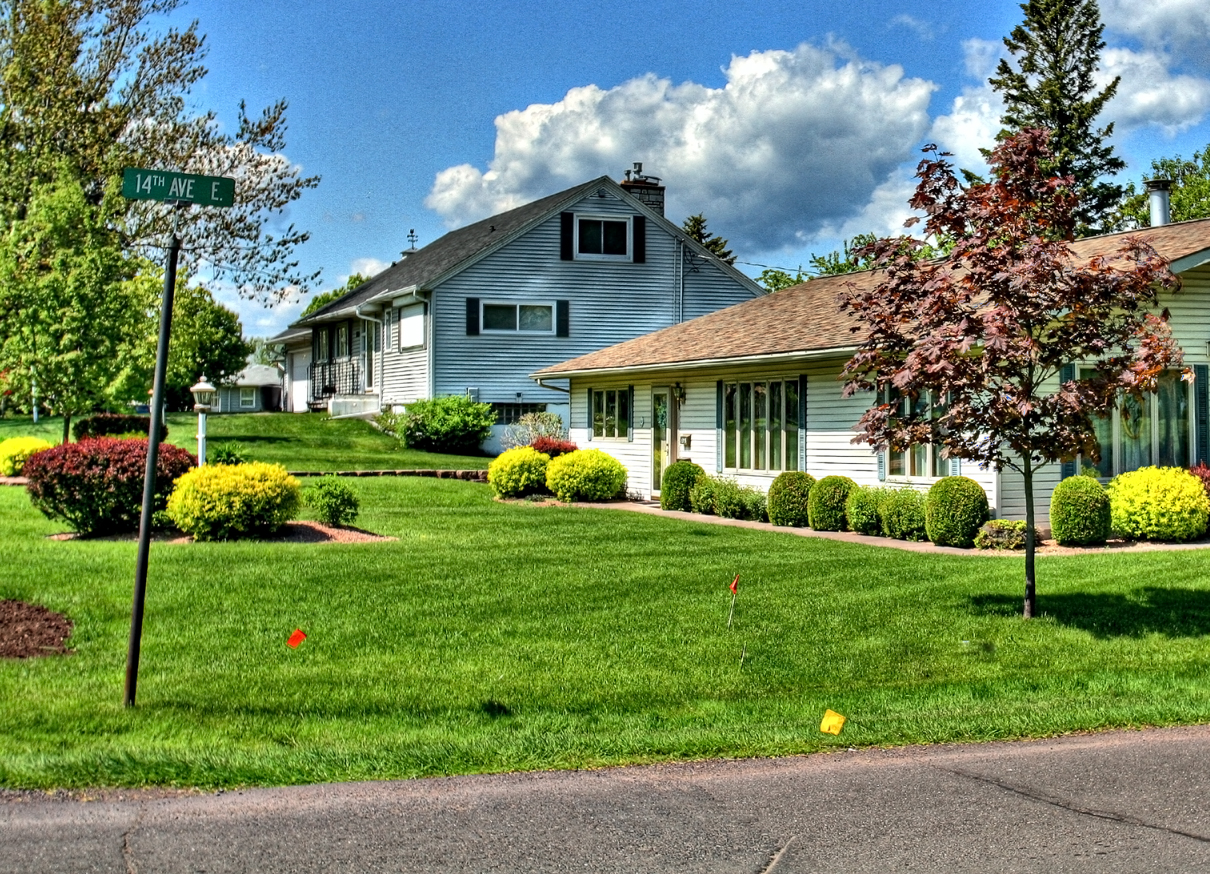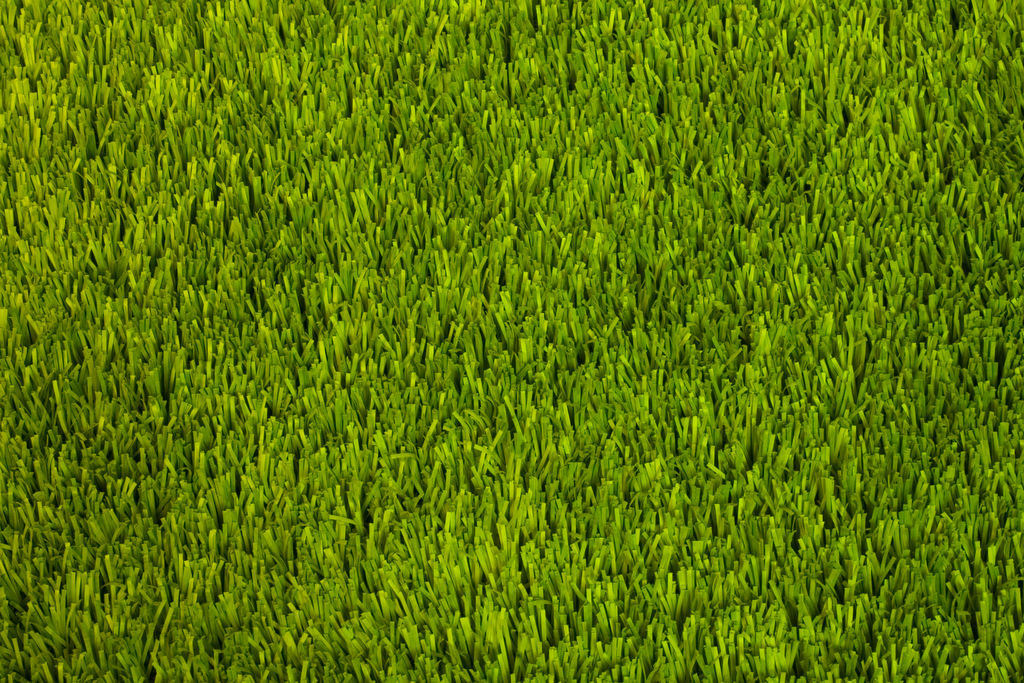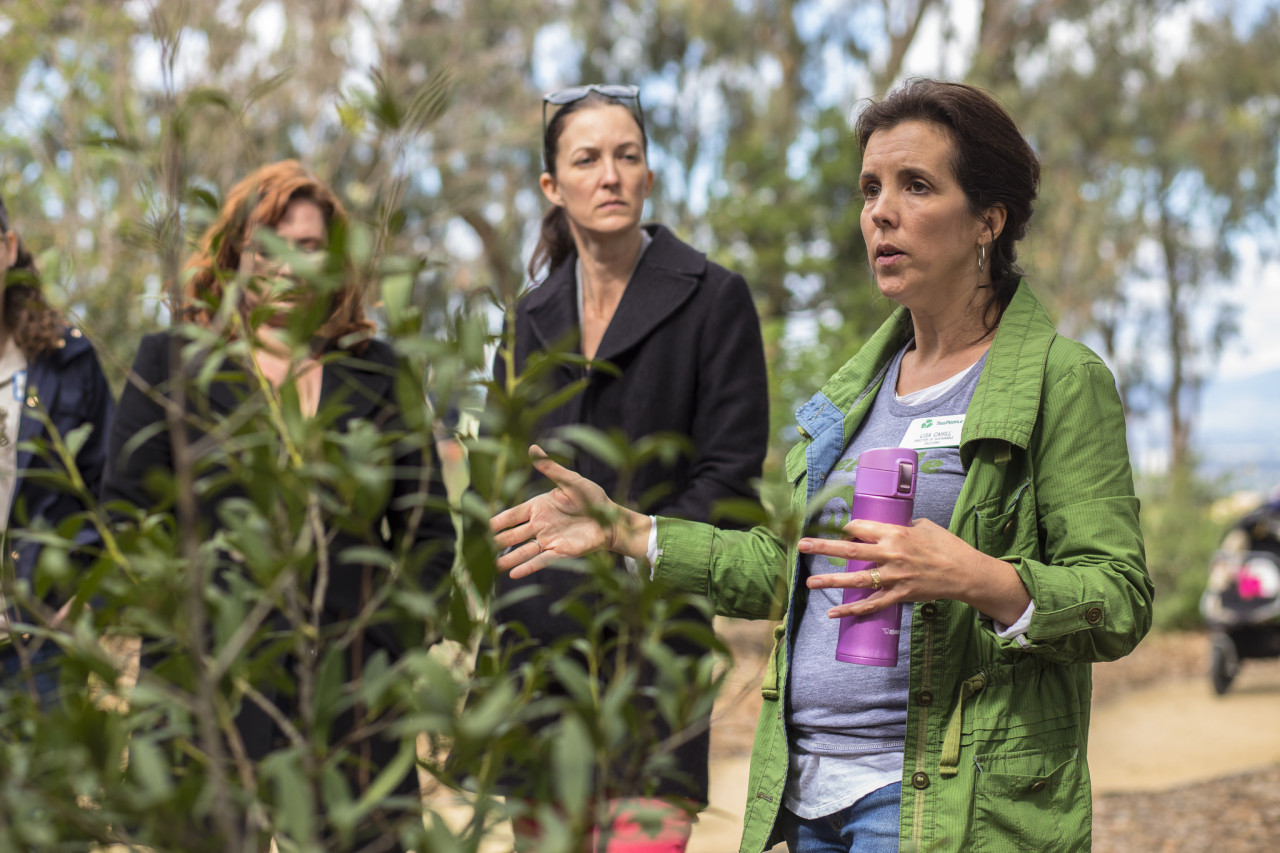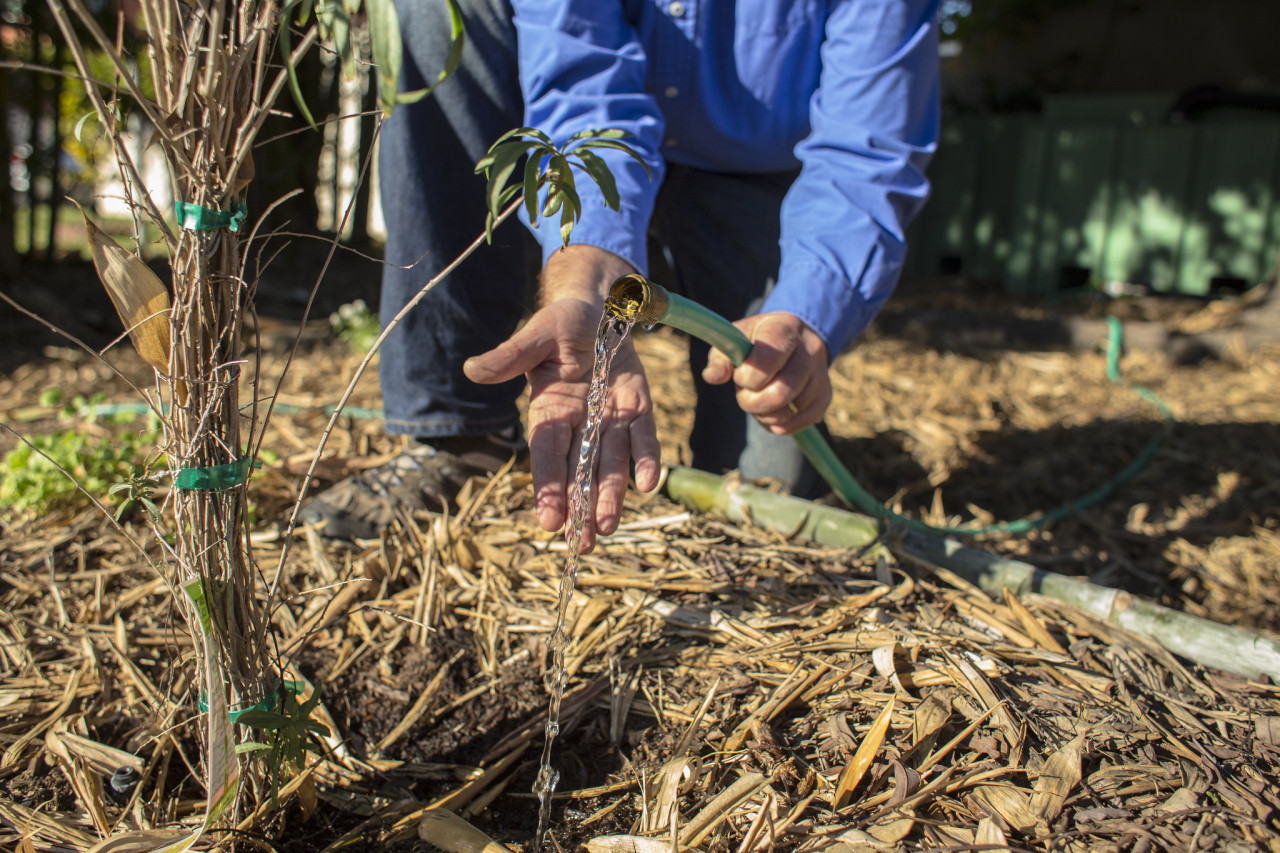You may have been hearing a lot of praise for fake grass in the media lately, but I’m here to set the record straight: Fake turf does more harm than good.
I’m not sure when I started hating artificial grass. Maybe it was when my beloved grandmother planted fake flowers in her garden beds so the Easter photos would “turn out nice.” For the record, I tried to pick them, and everyone laughed at us.
But I think it has to do more with the sheer fact that fake grass, or it’s trendier name—frass—has no place in a sustainable landscape. Let’s break this down a bit: How is something so awful so frequently touted a sustainable?
The label of “sustainability” gets thrown around a lot. Let’s just look at the essence: is the product able to sustain life or not? With artificial turf, nothing can live under it on it or near it. It kills off life in the ocean and rivers. It pollutes the air and makes our earth hotter. It makes the enormous problems that we are already facing worse. Butterflies, hummingbirds and all kinds of other animals are not attracted to plastic grass, even when it’s made from recycled content. They need something alive—and so do we.
Furthermore, frass is glorified because it doesn’t need water. True. It doesn’t need water because it is not alive. Whether made of recycled plastic bottles, soybean oil or crushed tires, it is dead. So really, the only water required is to wash it down.
But we are people. We are alive. We do need water. One of the best ways to ensure an adequate water supply (i.e., plenty of water for you and me) is by maintaining a healthy watershed: where rain absorbs into the soil, replenishing plants and recharging our groundwater. Therefore, covering the earth in fuzzy green plastic actually exacerbates unhealthy environmental conditions.
But what if the fake grass is permeable? Many brands claim to be, and likely are. But no matter what the permeability may be of a particular manufacturer, water still can’t get into the earth because the soil has to be compacted – essentially pressed into a hard asphalt-like crust – before it is carpeted over with the product.
Where there is compacted soil, there is no oxygen and no water. That means no earthworms, no fungi, and no other crucial life. And without them, there is no life on the planet. These are tiny organisms we take for granted every day, yet they ensure that you and I have food to eat and water to drink.
By now you might be saying, OK. Fake grass is pretty horrible for the watershed and our water supply. Well, we haven’t even scratched the surface. What about water quality? According to the EPA, the number one source of water pollution is urban run-off. Surfaces like concrete and asphalt are not permeable, so any water that falls on them runs off into the ocean and local waterways, taking everything in its path with it… trash, toxins, you name it. Artificial turf acts in the exact same way. Any water that falls onto it (whether the occasional spray from a hose or rain), will not be able to be infiltrate our local aquifers. It will run off into our storm drains and eventually out to sea, sweeping pollution along with it and helping to further foul our ocean and beaches. Instead of getting the environmental benefit of replenishing our water supply, we will get the exacerbation of poor water quality. Less good, more bad.
As I mentioned before: fake grass is dead. There are no beneficial insects; there is no biodiversity. No life. Synthetic turf does nothing to help with carbon sequestration. Fake grass gets hot. So hot that it burns people. Hot burning surfaces are not a good place for children, or anyone, to play. In fact, at high temperatures it can off-gas and add pollutants to the air. And of course, that heat also contributes to the heat island effect, which to put it bluntly, is an increase in climate change.
But back to frass. Currently, cities like Santa Monica and Glendale are considering removing the bans on fake turf, and are even considering rebates for those who replace their lawns with frass. I can’t emphasize enough that these choices would be a step in the wrong direction. Synthetic turf is a false reality. We have, for many decades, had the idea that the perfect landscape is green grass rolling right up to our front door. In Southern California, that idea is simply not sustainable. The perpetuation of that perceived “beauty” is extremely detrimental.

We’re attracted to lushness in landscapes because deep down in our cores, we know that green means life. But green plastic grass is a fools’ game. We’re lying to ourselves in an attempt to pretend things aren’t so bad. Yes, these are frightening times. We have a lot to do, and not much time to do it. And it is understandable that people would be susceptible to plastic grass being a solution. But fake grass is an ecological nightmare.
We’ve gone in the wrong direction, but it isn’t too late to repair our mistakes. To remedy this issue, we must use the watershed approach. We must use mulch. We must plant natives. We must care for our large trees and plant new ones to keep our canopy. We must take a hard stance against frass. This ensures that the environment we live in is a functioning, healthy place to live. We have to use mulch to keep our soil healthy and collect the rain that does fall in cisterns and in our gardens.
And we have to start now.



